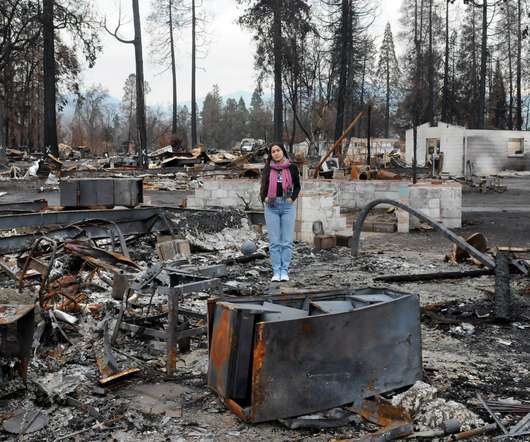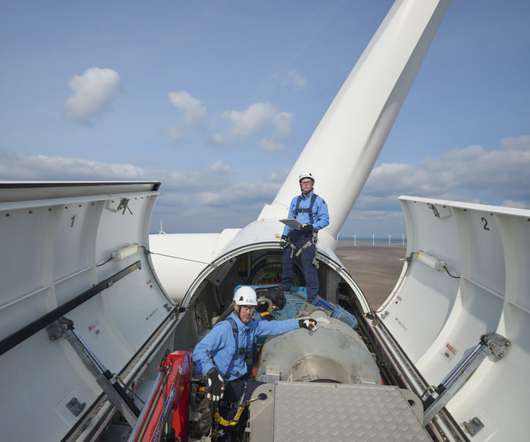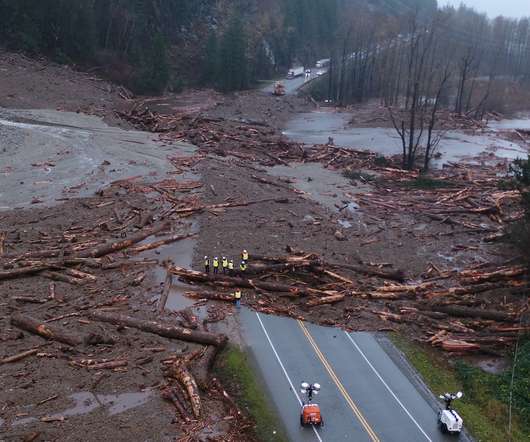SPACs offer new investment opportunities for energy industry
Renewable Energy World
JULY 4, 2021
The development and implementation of methane capture and carbon sequestration technologies meet a large, current need for reduction of greenhouse gas emissions. Steve Carman is a Kansas City-based partner with the law firm Husch Blackwell LLP and leads the firm’s Energy & Natural Resources industry team. About the Author.














Let's personalize your content